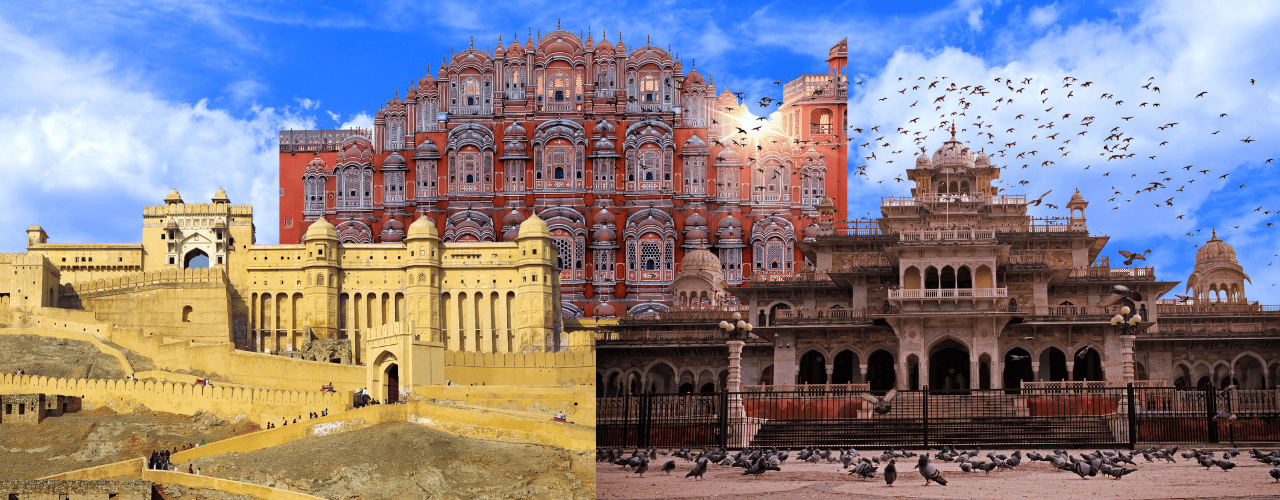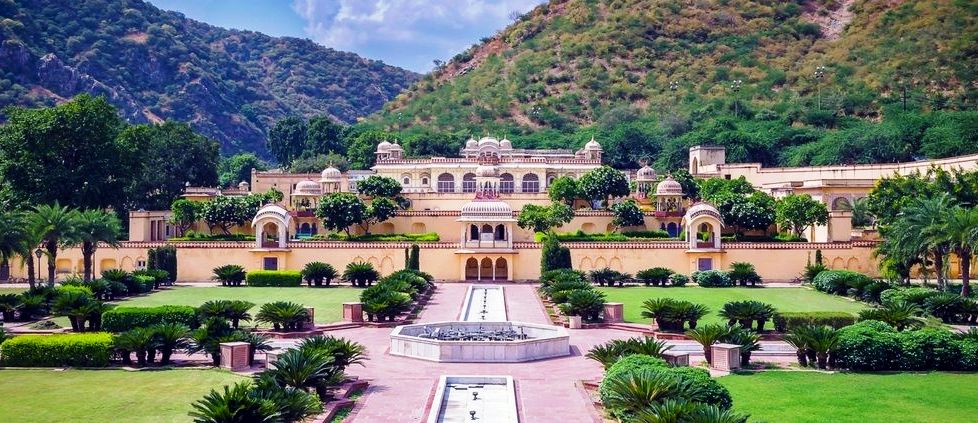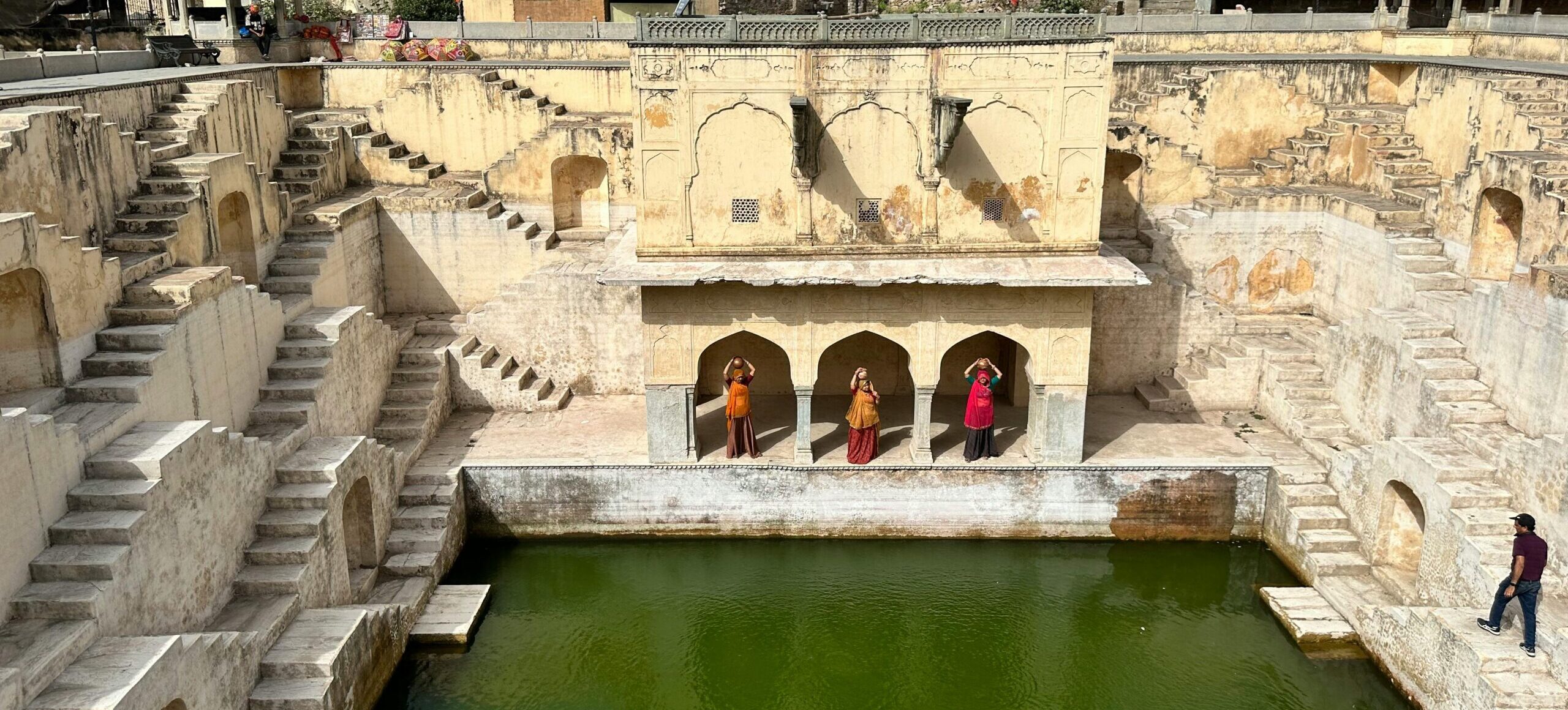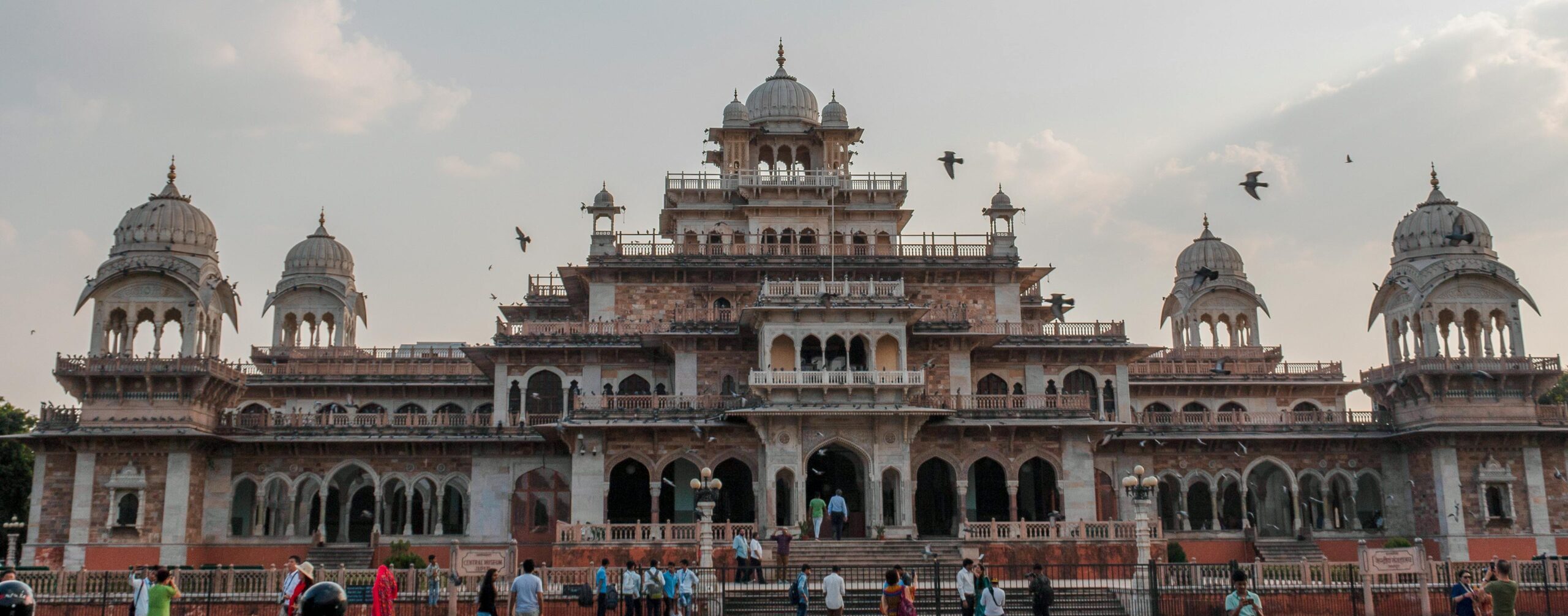Isarlat or Sargasuli Jaipur – History, Timings & Ticket Price
Isarlat is a tall and lovely tower in the center of Jaipur. It is also known as Sargasuli. It is not as popular as Amer Fort or Hawa Mahal, but it is rich in history and gives breathtaking views of the Pink City from the roof. It is one of the best offbeat places to visit in Jaipur. Whether you’re a history buff, an architecture enthusiast, or a photographer, Sargasuli Jaipur is a place you must visit. History of Isarlat or Sargasuli Jaipur It was constructed in 1749 by Maharaja Ishwari Singh, then the ruler of Jaipur. He built this tower after emerging victorious from a battle he had with his stepbrother, Madho Singh. The tower was constructed to commemorate his victory and to demonstrate his strength as a king. The name Sargasuli is derived from Sanskrit, which means “Stairway to Heaven.” The tower was constructed as a sign of pride and peace after the war. It reminds us today of Jaipur’s royal history and its powerful kings. Architecture of Isarlat or Sargasuli Jaipur Sargasuli Jaipur has a very distinctive design. It is seven stories high and measures approximately 140 feet in height. The tower is octagonal (eight sides) in shape and constructed of yellow sandstone and marble. There is a spiral stair inside the tower with 264 steps. As you go up, there are narrow windows and balconies where you can rest and have a clear view of the city. When you are at the top, you have a 360-degree view of Jaipur. You can see well-known places such as Hawa Mahal, Nahargarh Fort, Jantar Mantar, and City Palace. The tower is simple from the outside but is highly artistic. It is a combination of Rajput and Mughal architectural styles, which provides it with a unique and historical appearance. Timings of Sargasuli Jaipur The timings of Sargasuli Jaipur are 9:30 A.M. to 4:00 P.M. Ticket Price of Sargasuli Jaipur The ticket price of Sargasuli Jaipur, is 50 Rs. Best Time to Visit Sargasuli Jaipur The ideal season for visiting Isarlat or Sargasuli is October to March, with pleasant weather and ideal conditions for sightseeing. Visit during the morning or sunset hours to have clear views of the Pink City. Do not visit in summer since the heat inside the tower becomes too intense. How to Reach Isarlat or Sargasuli Jaipur This place is located in the main city of Jaipur at Tripolia Bazar Choti Chopar. You can easily reach it using your private transportation or public transportation. There are many public transportation options available, like buses, autos, e-rickshaws, or cabs. Conclusion Isarlat, or Sargasuli, Jaipur, is a secret gem in Jaipur that few tourists visit. This tall victory tower has a history of courage, pride, and stunning architecture. Regardless of whether you are a history buff, a traveler, or a resident, This Place has something special in store for everyone. From the top of the tower, you will view the whole Pink City of Jaipur and be a part of its historic royal legacy. It is a serene and quiet place in comparison to other busy tourist spots. So the next time you are in Jaipur, do not forget to include Isarlat or Sargasuli in your itinerary. Climb the tower, take in the scenery, and click some of the best pictures that you’ll cherish forever. Most Popular Question Asked by Traveller Why is Isarlat called Sargasuli? The name Isarlat is derived from the name of Maharaja Ishwari Singh, who constructed the tower in 1749 to commemorate his triumph over his stepbrother Madho Singh. It is also referred to as Sargasuli, a word derived from Sanskrit, where “Sarg” means heaven and “Suli” means path or stair, which means “stairway to heaven.” The name suits the tower perfectly, as its spiral stair brings you high above the city, and the views are heavenly. Local people refer to it as Sargasuli Jaipur, a monument that represents pride, tranquility, and royal heritage. What is the height of the Sargasuli Tower in Jaipur? The Sargasuli Tower of Jaipur rises to approximately 140 feet (about 42 meters). It stands as one of the tallest ancient buildings in the old city and offers a bird’s-eye view of Jaipur from its top. What can I see from the top of Sargasuli Tower? From the top of Isarlat or Sargasuli, you can enjoy a stunning 360-degree view of Jaipur. You can clearly see nearby landmarks like Hawa Mahal City Palace Jantar Mantar Nahargarh Fort The colorful rooftops and streets of the walled city It’s one of the best viewpoints in Jaipur, especially during sunrise or sunset. How many steps are there in Isarlat Sargasuli? There are 264 spiral steps within Isarlat or Sargasuli. The staircase will take you to the top floor. Though the climb can be a little tiring, the stunning view at the top is well worth it. What is Isarlat Sargasuli famous for? Isarlat Sargasuli is renowned as a Victory Tower constructed in 1749 by Maharaja Ishwari Singh. It symbolizes his victory in war and is noted for its high building, spiral staircase, and astounding views. People also refer to it as Sargasuli, or “stairway to heaven,” and it ranks as one of the top secret attractions in Jaipur.
Isarlat or Sargasuli Jaipur – History, Timings & Ticket Price Read More »









